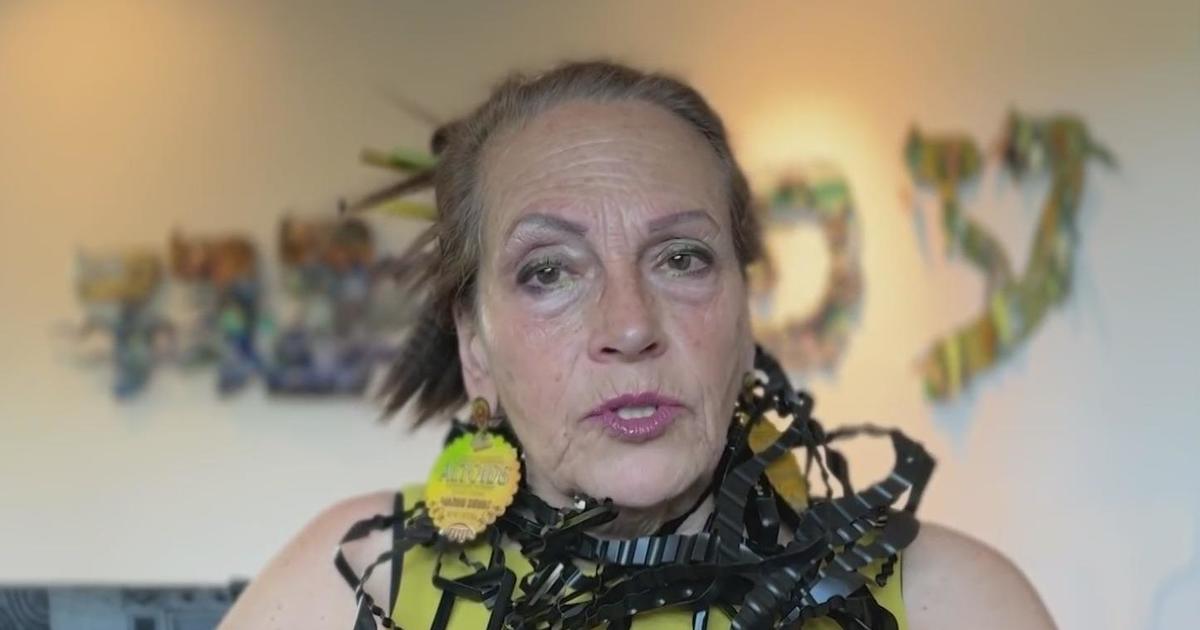Iceland Volcano Museum Focuses on Spectacular Eruptions – Past and Future
REYKJAVIK (CBS) -- It was an eruption heard around the world and it stranded millions of passengers.
The nearly unpronounceable volcano Eyjafjallajökull erupted underneath one of Iceland's glaciers in 2010 producing fine ash which damages airplane engines.
"The ash production was quite fierce and it was a powerful explosion sending ash up about 30,000 feet," recalled Ari Trausti Gudmundsson, an author and volcano expert.
Almost eight years later, six volcanos in Iceland show signs of erupting, including the country's biggest.
"You see earthquakes, some of them are deep down, indicating magma is on the move," Gudmundsson said.
Scientists are monitoring the country's 30 volcanic systems but it's impossible to predict which will erupt next or how bad it will be.
The threat is not deterring the curious. Since 2010, tourism has increased five-fold and a new interactive museum called the Lava Centre recently opened in southern Iceland. An exhibit at the museum shows all of the eruptions in Iceland since the year 1900, complete with sound effects.
Geothermal activity which produces Iceland's geysers, hot springs and heated water, like that found at the country's top tourist attraction, the Blue Lagoon, also supplies as much as 30 percent of Iceland's electricity and heats about 90 percent of its buildings.
"In a way the people can thank the volcanos. In a way they can worry about them. So it's a hate-love affair," Gudmundsson said.
And with eruptions occurring about every four years, if you live in Iceland, they're just a part of life.



